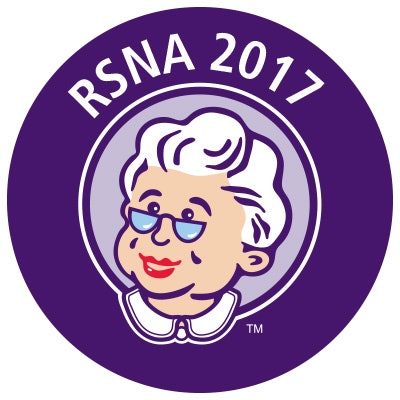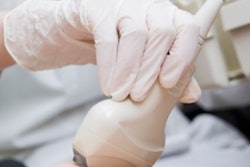
CHICAGO - Breast abscesses are one of the few breast-specific emergencies that require urgent treatment in the emergency room (ER), and ultrasound is used to diagnose them. But is it effective? Perhaps not enough, according to research presented on Tuesday at the RSNA 2017 meeting.
In fact, a team led by presenter Dr. Jessica Porembka of the University of Texas (UT) Southwestern found that ultrasound's rate for positively identifying breast abscesses was only 26% -- and more than half of the exams performed required clarification via repeat ultrasound or mammography. Most worrying, ER ultrasound for breast abscesses failed to identify cancers.
"Ultrasound imaging of breast complaints in the emergency department setting generates unnecessary exams," Porembka said. "We also found that it missed cancers."
Good enough?
Porembka and colleagues sought to investigate the clinical utility of breast ultrasound performed in the emergency department for a suspected breast abscess, as well as to identify factors associated with a confirmed abscess. The study included 581 breast ultrasound exams performed between January 2015 and March 2016 to evaluate for abscesses, which the team defined as fluid collection with signs and symptoms of infection. Porembka's group reviewed imaging results, patient demographics, lab data, and physical exam findings.
Of the 581 exams, 26% (150) showed an abscess, 5% (27) showed a malignancy, 5% (31) showed granulomatous mastitis, 21% (122) were normal, and 43% (251) were indeterminate. Clinical factors predictive of abscess included physical exam findings (such as induration, fluctuance, erythema, and drainage), a habit of smoking, and race.
More than half of the patients (308, or 53%) were recommended for additional studies, Porembka said. Of the 581 exams, 229 (39%) were considered incomplete and required a diagnostic mammogram or repeat ultrasound, while 19 (3%) were considered technically inadequate.
Race and smoking history appeared to contribute to the risk of abscess, Porembka's group found.
| Demographic factors contributing to risk of abscess | ||
| Race/ethnicity (No. of patients) |
Smoking history | Abscess |
| Black (141, 24%) | 82 (58.2%) | 85 (60.3%) |
| Hispanic (364, 63%) | 61 (16.8%) | 71 (19.5%) |
| Other (18, 3%) | 4 (22.2%) | 8 (44.4%) |
| White (58, 10%) | 29 (50%) | 15 (25.9%) |
"A positive smoking history increased a woman's odds of having an abscess, while white and Hispanic women were less likely to have one," Porembka said.
The area under the receiver operating characteristic (ROC) curve for ultrasound's diagnostic performance in this setting was 0.78, the researchers found. But more disturbingly, six breast cancers (1%) were missed on the 581 ultrasounds performed in the emergency department, Porembka said.
Not so great
The study suggests that breast ultrasound is overused in the emergency department and has limited clinical value, given its low positivity rate of 26%, its high repeat exam rate of 53%, and its missed cancer rate of 1%, Porembka said.
So what should be done? Making use of patient demographic data and tracking clinical findings that predict abscesses could help physicians use ultrasound more effectively in the emergency room, she concluded.
"Clinical findings and patient demographics can improve patient selection for breast ultrasound in the emergency department and improve its diagnostic utility," she said. "Patients with a low likelihood of abscess should be imaged in a more optimal setting."




















